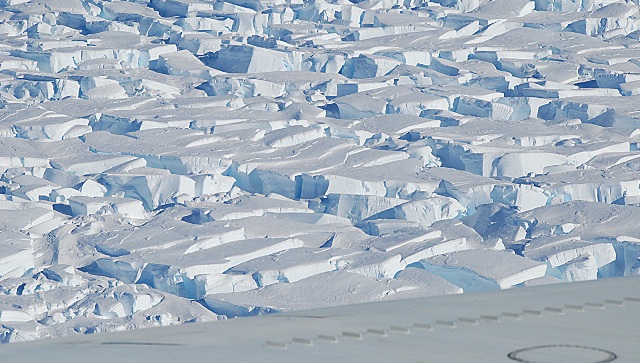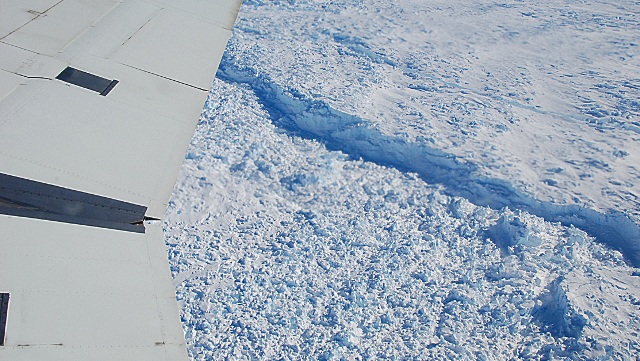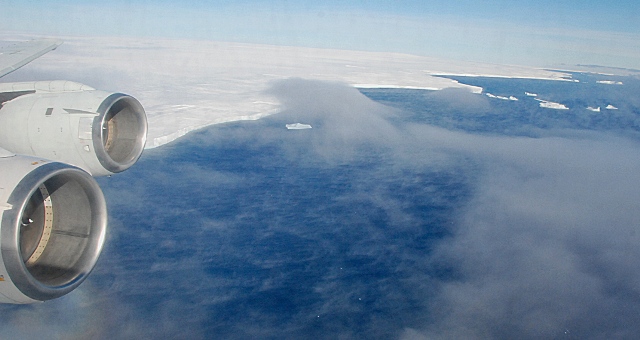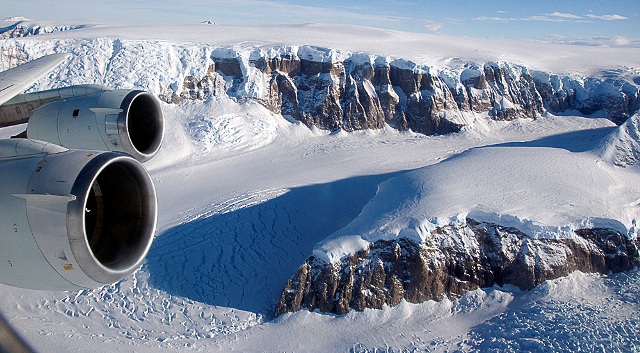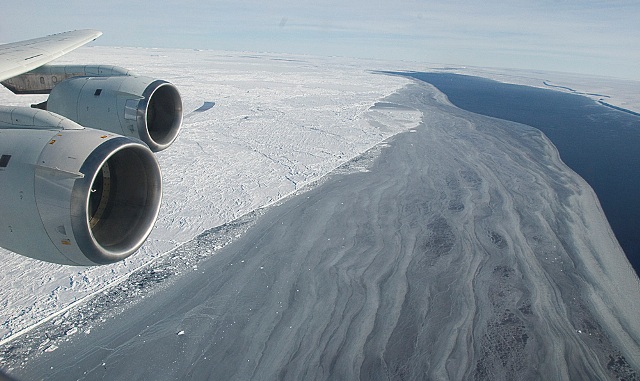From: Michael Studinger, Instrument Co-Principal Investigator, Lamont-Doherty Earth Observatory
The scale and style of Operation Ice Bridge will be a new experience for me. I’ve been involved in airborne research for more than a decade using ice-penetrating radar systems, airborne laser scanning, gravity and magnetics to learn more about the polar ice caps and how they behave.
In previous airborne campaigns we have used small instrumented Twin Otter aircraft and operated out of remote field camps deep in the interior of Antarctica and at high elevations and extreme temperatures. This means living and working in tents for months at temperatures around -20 to -40°F and flying in unpressurized aircraft at high altitude. There are no showers and only limited communications with the outside world in these remote field camps.
The Ice Bridge campaign will be very different from that. We’ll be flying non-stop roundtrips on the large NASA DC-8 from Punta Arenas, Chile. It feels a bit strange to be flying over Antarctica without actually setting foot on the continent and experiencing firsthand the icy cold and breathtaking beauty of the polar landscape. During Ice Bridge we will have to enjoy the fascination of the polar environment from a heated and pressurized aircraft cabin.
I am a research scientist at Columbia University’s Lamont-Doherty Earth Observatory in New York. My background is airborne geophysics which I use to study the ice caps and the Earth’s crust in polar regions. For Ice Bridge, I’ll be involved in measuring the Earth’s gravity field to estimate how deep the water is beneath floating glaciers along the Antarctic Peninsula.
I’m looking forward to a relaxed airborne campaign, where you leave from Punta Arenas in the morning and return to civilization in the evening.


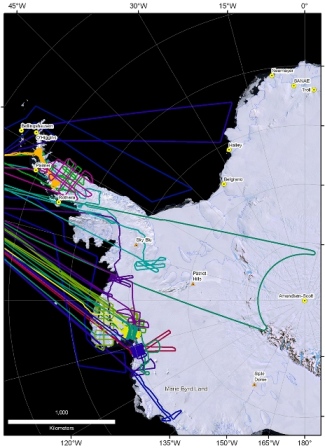 We have collected an enormous amount of data and are keen to analyze the data together with our colleagues when we are back in our labs. From the analysis of this data we will gain a much more detailed understanding of how the glaciers, ice sheets, and sea ice respond to changes in the climate system.
We have collected an enormous amount of data and are keen to analyze the data together with our colleagues when we are back in our labs. From the analysis of this data we will gain a much more detailed understanding of how the glaciers, ice sheets, and sea ice respond to changes in the climate system.